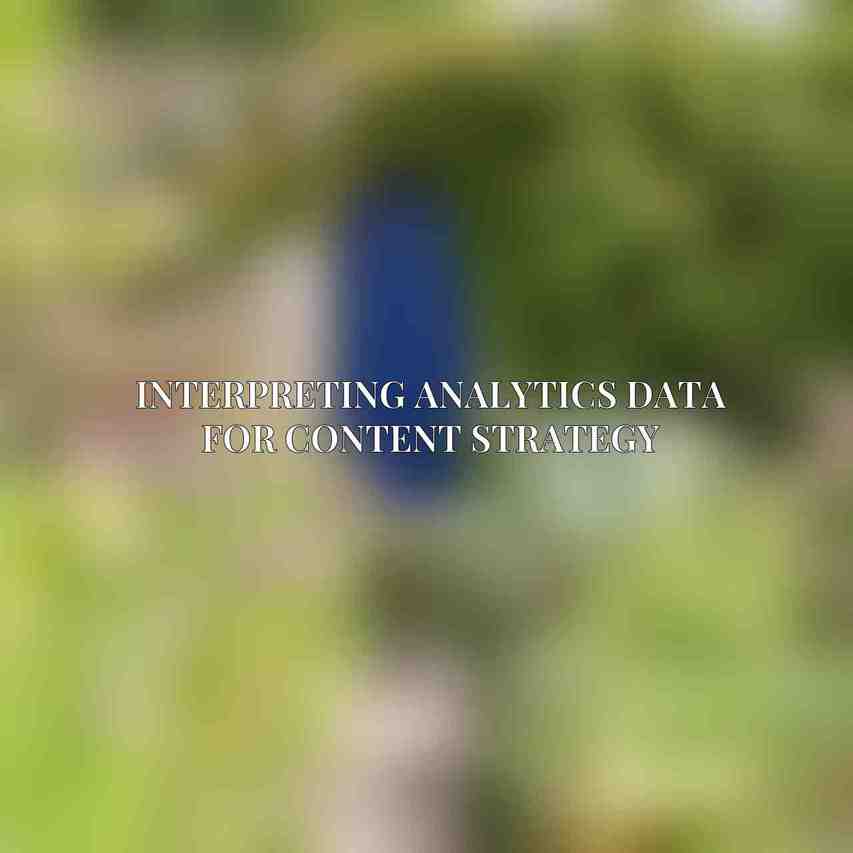Social media analytics data plays a pivotal role in shaping an effective content strategy. By understanding the various components and metrics involved, marketers can make informed decisions that lead to improved content performance.
A. Key Performance Indicators (KPIs) for Content Performance
When delving into social media analytics data, it is crucial to focus on key performance indicators (KPIs) that provide valuable insights into content performance. These KPIs can be categorized into three main areas:
Engagement Metrics: This includes metrics such as likes, comments, shares, and time spent on a particular piece of content. These metrics reflect how well the content is resonating with the audience.
Reach Metrics: Impressions, followers, and unique visitors fall under this category. Understanding reach metrics helps in gauging the overall visibility and potential audience size for the content.
Conversion Metrics: Metrics like click-through rates, website conversions, and other actions taken by users indicate the effectiveness of the content in driving desired outcomes.
B. Data Collection and Analysis Tools
To effectively interpret social media analytics data, marketers rely on various tools and platforms for collection and analysis:
Native platform analytics dashboards: Platforms like Facebook Insights and Twitter Analytics offer built-in tools to track and measure key metrics directly on the respective social media platforms.
Third-party social media analytics tools: Tools such as SproutSocial and Hootsuite provide comprehensive analytics across multiple social media channels, offering deeper insights and analysis capabilities.
Custom reporting tools: For more advanced data analysis and tailored reporting, custom tools and software solutions enable marketers to dive deeper into the data and derive actionable insights for content strategy optimization.
Interpreting Analytics Data for Content Strategy

The interpretation of analytics data is crucial for refining content strategies to better engage the target audience and achieve marketing goals. By dissecting the data and extracting meaningful insights, marketers can make informed decisions to enhance content performance.
A. Identifying Content Success Factors
To effectively interpret analytics data for content strategy, marketers should focus on the following success factors:
Analyzing engagement metrics: By delving into likes, comments, shares, and time spent on content, marketers can identify the type of content that resonates best with their audience.
Evaluating reach metrics: Understanding impressions, followers, and unique visitors helps in determining the channels and formats that amplify content reach and visibility.
Tracking conversion metrics: Monitoring click-through rates, website conversions, and other actions taken by users provides insights into the effectiveness of content in driving desired outcomes.
B. Optimizing Content for Improved Performance
Optimizing content based on analytics data is essential for maximizing its impact and engagement among the audience.
Using engagement data: Refining content tone, style, and messaging based on engagement metrics helps in creating more compelling and relevant content that resonates with the audience.
Analyzing reach data: Identifying ideal posting times, frequencies, and visual elements from reach metrics enables marketers to optimize content distribution strategies for maximum impact.
Monitoring conversion data: Optimizing landing pages, call-to-actions, and audience targeting based on conversion metrics ensures that the content effectively drives the desired user actions.
C. Tracking Campaign Performance
tracking campaign performance through analytics data is essential for evaluating the success of marketing initiatives and making necessary adjustments for optimization.
Establishing pre-defined KPIs: Setting clear key performance indicators for each campaign allows for better tracking of progress and performance against predefined goals.
Tracking progress and adjustments: Monitoring campaign performance against set KPIs and making adjustments as needed helps in ensuring that the campaigns align with the intended objectives.
Utilizing analytics insights: Leveraging analytics data to identify campaign strengths and areas for improvement enables marketers to refine their strategies for future campaigns and maximize effectiveness.
Case Studies and Best Practices

Examining successful case studies and best practices in social media data interpretation provides valuable insights for refining content strategies and achieving marketing success.
A. Example of Successful Content Marketing Campaign with Analytics Success
One notable example of a successful content marketing campaign that utilized social media analytics for success is Starbucks’ “White Cup Contest” on Instagram. This campaign encouraged customers to decorate Starbucks cups and share their creations on social media. By analyzing key metrics such as engagement, reach, and conversion rates, Starbucks was able to drive significant brand engagement and user participation.
B. Best Practices for Social Media Data Interpretation
To excel in interpreting social media data for content strategy optimization, marketers should adhere to the following best practices:
Establishing clear goals: Setting specific and measurable goals allows marketers to align their data interpretation efforts with overarching objectives and track progress effectively.
Using data to inform strategies: Leveraging analytics data to inform content creation and distribution strategies ensures that marketing efforts are targeted and tailored to meet the needs and preferences of the target audience.
Continuous monitoring and adjustment: Regularly monitoring analytics insights and making adjustments to content strategies based on data-driven decisions are essential for maintaining relevance and effectiveness in the dynamic world of social media marketing.
Advanced Techniques for Data-Driven Content Strategy
Implementing advanced techniques in data-driven content strategy empowers marketers to forecast content performance, understand audience sentiment, and optimize campaigns for enhanced results.
A. Predictive Analytics for Content Forecasting
Utilizing predictive analytics and machine learning algorithms to forecast content performance based on historical data enables marketers to make informed decisions and optimize future campaigns for better outcomes.
B. Sentiment Analysis for Understanding Audience Perception
Analyzing audience sentiment through sentiment analysis tools helps in understanding the emotions and opinions of the audience towards specific content. By aligning content with audience sentiment, marketers can enhance engagement and build stronger connections with their target audience. Dive deeper into Inspiring Case Studies: Success Stories of Analytics-Driven Social Media Content
interpreting social media data for enhanced content strategy is crucial for achieving marketing success in the digital world. By understanding key performance indicators, optimizing content based on data insights, and leveraging advanced analytics techniques, marketers can create more impactful and engaging content that resonates with their target audience. Data-driven decision-making is essential for optimizing audience engagement, driving conversions, and ultimately, achieving marketing objectives in an ever-evolving social media world.
Frequently Asked Questions
What is social media data?
Social media data refers to the information gathered from social networking platforms about users’ interactions, behaviors, and engagement with content.
Why is interpreting social media data important for content strategy?
Interpreting social media data is crucial for understanding audience preferences, behaviors, and trends, which can help in creating targeted and effective content strategies.
What are some key metrics to consider when analyzing social media data?
Some key metrics to consider when analyzing social media data include engagement rate, reach, click-through rate, conversion rate, and sentiment analysis.
How can social media data be used to enhance content strategy?
Social media data can be used to identify trends, understand audience preferences, optimize content, personalize messaging, and measure the effectiveness of content strategies.
What tools and platforms can help in interpreting social media data?
There are several tools and platforms like Google Analytics, Hootsuite, Buffer, Sprout Social, and HubSpot that can help in interpreting and analyzing social media data for enhancing content strategy.

